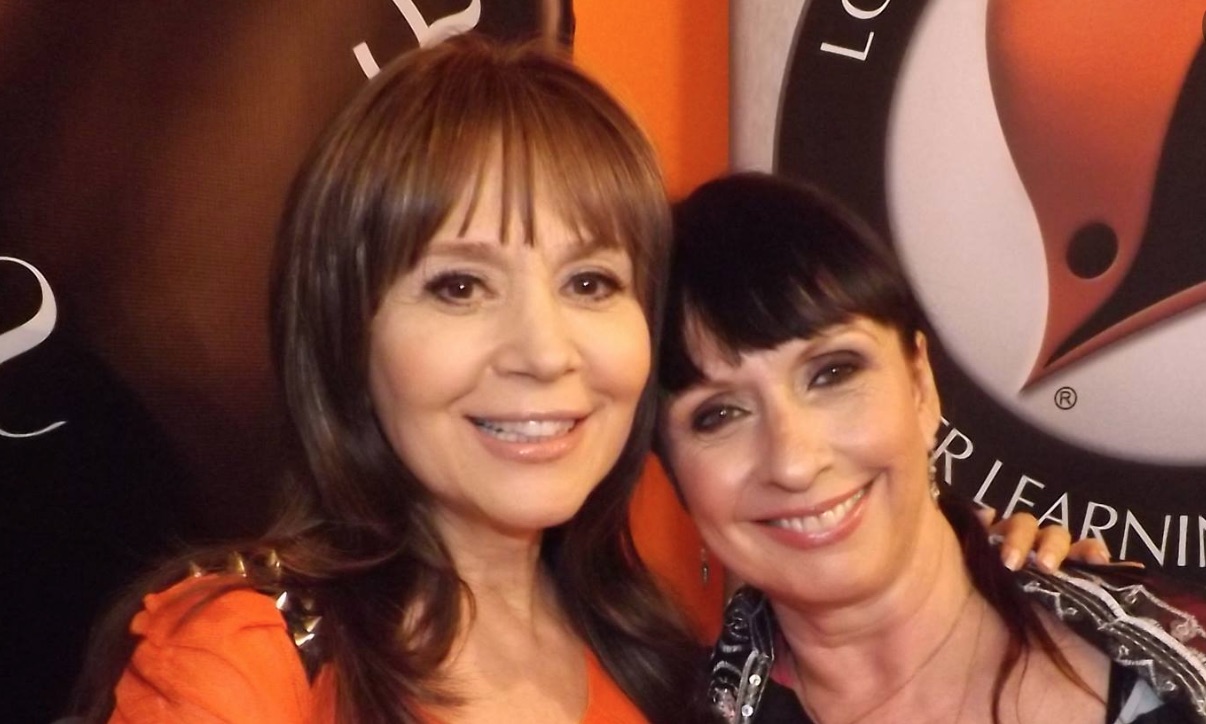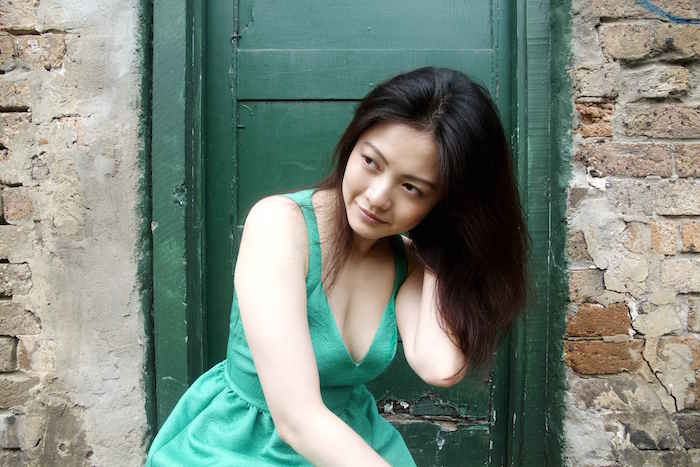WHY PINOY BOY FROM OZ MATTHEW VICTOR PASTOR IS LOCAL INDIE SECTOR'S M.V.P.
 Thursday, December 6, 2018 at 8:45AM
Thursday, December 6, 2018 at 8:45AM Matthew Victor Pastor has been at Melbourne’s Cinema Nova complex since mid-morning, exhibiting levels of nervous energy entirely reasonable for a young director on the day he launches his latest feature. That said, with eleven hours until the World Premiere of MAGANDA! Pinoy Boy vs Milk Man, isn’t Matthew Victor Pastor likely to fade well before the post-screening Q&A, scheduled for midnight?

As it turns out, ‘energy levels’ aren’t a problem for the Victorian College of the Arts (VCA) graduate. Pastor is out of his seat and fronting the sold-out Monster Fest session as soon as the end credits roll. Despite the early hour (closer to 12.30am, as it transpires), almost the entire audience has stayed. Having experienced MAGANDA! Pinoy Boy vs Milk Man, hearing what its creator has to say about its journey to the screen suddenly holds a deep fascination.
 “I see myself as a boy from the 3174 Noble Park, who is very lucky to be making movies, happens to be of Asian heritage, of mixed nationalities, who grew up in this great country,” says Pastor, who co-wrote (with Kiefer Findlow), directed and stars in what might best be described as a social satire/B-movie homage/personal drama hybrid born of Melbourne’s underground movie scene and pulsing with in-your-face observations on race, gender, sex, family and the nature of filmmaking. “Making films is a really hard thing to do and when they come from a place that is a bit crazy and feature characters that are marginalised and the kind that you are not supposed to make films about…well, that makes it all very exciting.”
“I see myself as a boy from the 3174 Noble Park, who is very lucky to be making movies, happens to be of Asian heritage, of mixed nationalities, who grew up in this great country,” says Pastor, who co-wrote (with Kiefer Findlow), directed and stars in what might best be described as a social satire/B-movie homage/personal drama hybrid born of Melbourne’s underground movie scene and pulsing with in-your-face observations on race, gender, sex, family and the nature of filmmaking. “Making films is a really hard thing to do and when they come from a place that is a bit crazy and feature characters that are marginalised and the kind that you are not supposed to make films about…well, that makes it all very exciting.”
Self-effacing, polite and unwaveringly upbeat in person Pastor transforms into the tortured, insecure, struggling director ‘Angelo’ onscreen. Between desperate encounters with his ex-girlfriend Jupiter (regular collaborator Celine Yuen; pictured, above), sexual failings with a patient prostitute (Kristen Condon) and anguished sessions with his family (played by the director’s real-life mother and sister), Pastor’s protagonist contemplates with increasing frustration his Filipino/Australian heritage and the social perception of his culture.
 “It can be very hard to both create and live with that kind of character and then to ask an audience to sit with him for two hours,” admits Pastor, refreshingly frank in his assessment of his lead character. “When Angelo says, ‘I wonder what it would be like to wake up in a white man’s skin, with a white man’s cock,’ he reveals a character that is so self-deprecating and hates himself so much. The challenge was to bring some empathy for a character that can outwardly be so unlikable.” (Pictured, left; Anthony Lawang as 'Pinoy Boy')
“It can be very hard to both create and live with that kind of character and then to ask an audience to sit with him for two hours,” admits Pastor, refreshingly frank in his assessment of his lead character. “When Angelo says, ‘I wonder what it would be like to wake up in a white man’s skin, with a white man’s cock,’ he reveals a character that is so self-deprecating and hates himself so much. The challenge was to bring some empathy for a character that can outwardly be so unlikable.” (Pictured, left; Anthony Lawang as 'Pinoy Boy')
Pastor pitches his performance in the upper range, but assures his audience that the character’s anxiety and increasingly unhinged persona comes from research and experience. “I spend a lot of times in online forums, reading a lot of people’s comments about identity politics. ‘Angelo’ is the combination of different ideals in that sphere,” he says. “He’s actually a lot more common than you think; a lot of what he says and who he is comes directly from discussions on Asian identity in those discussions.”
It is the third of Pastor’s films to explore the Asian experience in Australia, specifically from the Filipino point-of-view. Dubbed the ‘Aus-Filo Trilogy’, it began with his VCA Masters project, I am JUPITER I am the BIGGEST PLANET (2016), followed by the music video-influenced docu-drama Melodrama! Random! Melbourne!, which premiered at the Adelaide Film Festival in October. Says Pastor, “I am making films from a different perspective, in the context of the diaspora of Asian cinema, and that’s the space that I am happy and proud to occupy.”
 If MAGANDA! Pinoy Boy vs Milk Man is sounding a lot more serious than its title might suggest, the laughs come in the form of Pastor’s film-within-a-film. Recalling the scratched-negative aesthetics of VHS-era Filipino actioners, the subplot stars Koki Kaneko as a racist dairy farmer/serial killer, clad entirely in a white bodystocking, targeting Asian women on his murderous spree; on his trail is Pinoy Boy (Anthony Lawang, aka Lamaroc), a Filipino super-cop, and two local scumbag detectives, Shannon (the great Glenn Maynard) and Noll (fellow Melbourne underground auteur Stuart Simpson).
If MAGANDA! Pinoy Boy vs Milk Man is sounding a lot more serious than its title might suggest, the laughs come in the form of Pastor’s film-within-a-film. Recalling the scratched-negative aesthetics of VHS-era Filipino actioners, the subplot stars Koki Kaneko as a racist dairy farmer/serial killer, clad entirely in a white bodystocking, targeting Asian women on his murderous spree; on his trail is Pinoy Boy (Anthony Lawang, aka Lamaroc), a Filipino super-cop, and two local scumbag detectives, Shannon (the great Glenn Maynard) and Noll (fellow Melbourne underground auteur Stuart Simpson).
There are moments in Pastor’s film where the improv comedy stylings (“We improvised a lot,” he laughs) and lo-fi stunt work inspires eye-rolls and giggles, but the director assured his audience that the themes and issues that he set out to address were always paramount. “It is about two worlds coming together,” says Pastor. “I don’t necessarily offer any resolution, but instead create an entry point for those worlds for the audience. There are multiple layers to achieve that - it could be the A-film, the more arthouse aspects, or the B-film genre stuff, but they both represent the same story told via different cinematic language. Is that not what coming from ‘two worlds’ means? This film is about what its like to fall between the cracks of those two worlds.”
MAGANDA! Pinoy Boy vs Milk Man will screen throughout Australia in 2019. It is currently seeking representation in overseas markets.
















